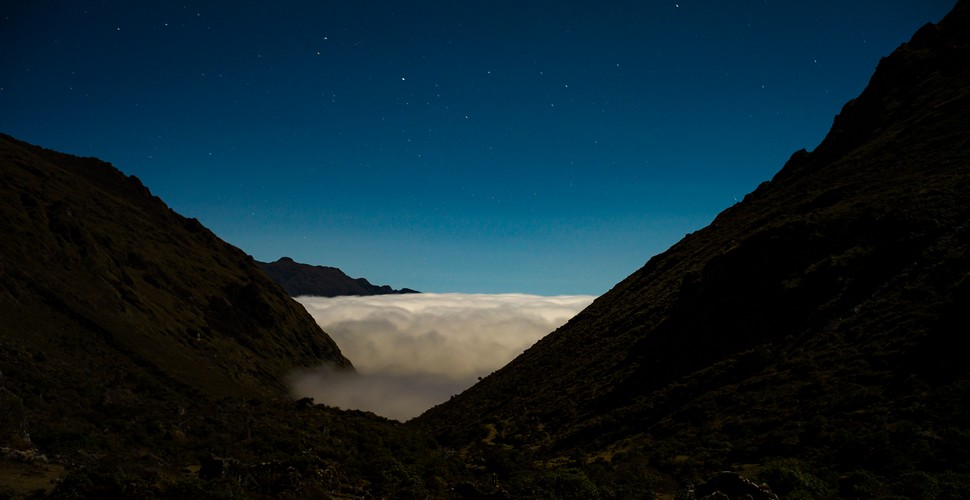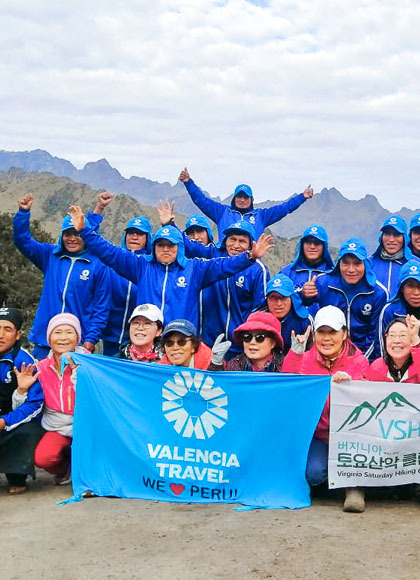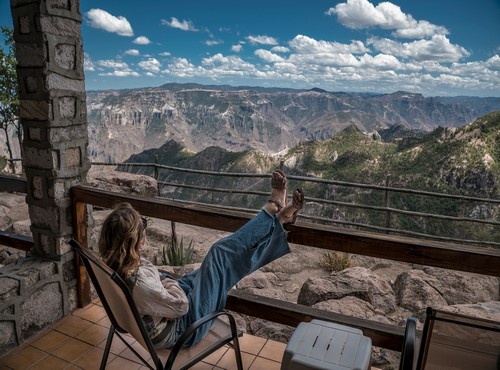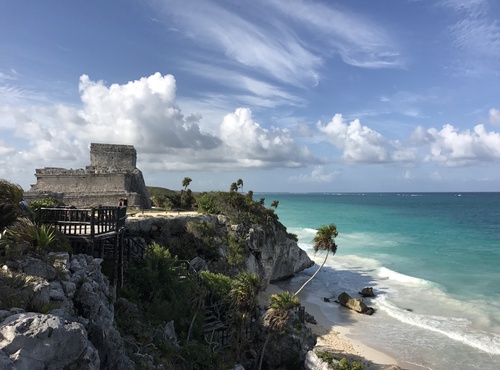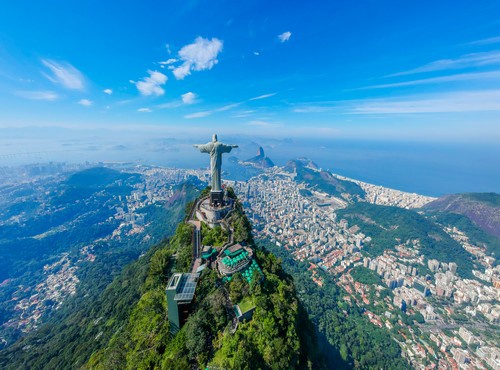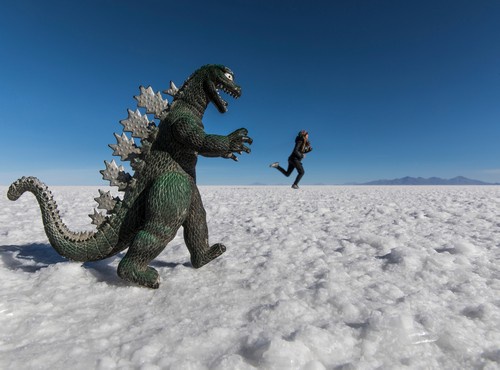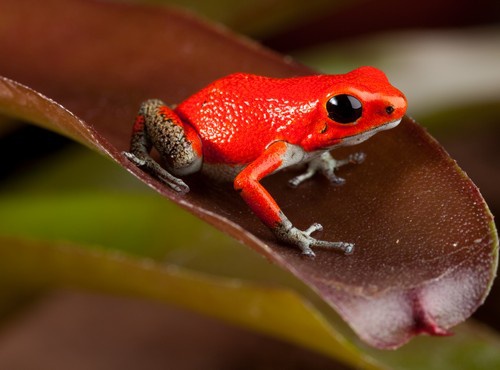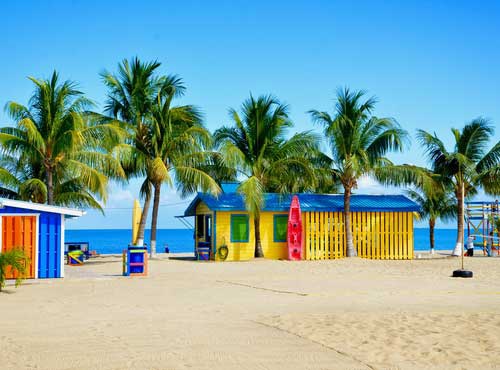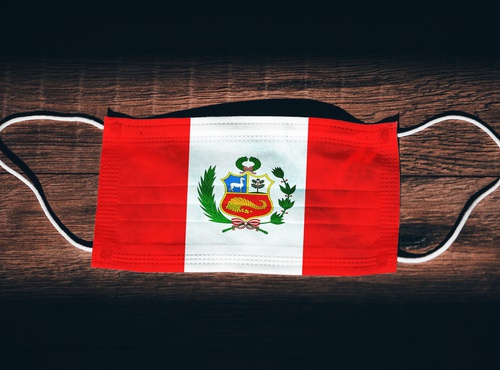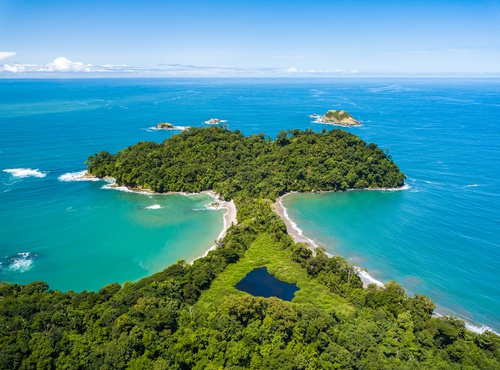
Written by:undefined undefined
Published: 24-03-2022
Bolivia is the only country in South America that has no access to the ocean. Most of Bolivia can be found at over 3800 metres elevation, with the exception of the jungle regions, so it is vital that you acclimatise adequately to avoid altitude sickness. Often referred to as the ‘Tibet’ of South America, Bolivia is known for its high-altitude trekking and climbing. From sky-scraping glaciers to steamy green jungles and emerald green lakes, these are the hikes that have us booking your tickets to the incredibly untouched and pristine, and dramatic Bolivia.
Isla del Sol
As many of Bolivia’s hikes require you to trek at high elevation, it’s essential to acclimatize as soon as possible. A great place to do this is along the shores of Lake Titicaca, which sits at 3,800 metres elevation. A two-hour boat ride from the town of Copacabana will take you to the grassy banks of Isla del Sol, the mythical birthplace of the sun according to folklore. The maze of cobblestoned pathways that take you past Inca ruins, traditional Aymara villages, and stunning viewpoints of Lake Titicaca, are perfect for acclimatization. You can actually hike the whole island in just a few hours; however, it is recommended to spend a peaceful night on this magical island as long as you are up for somewhat basic accommodation options.
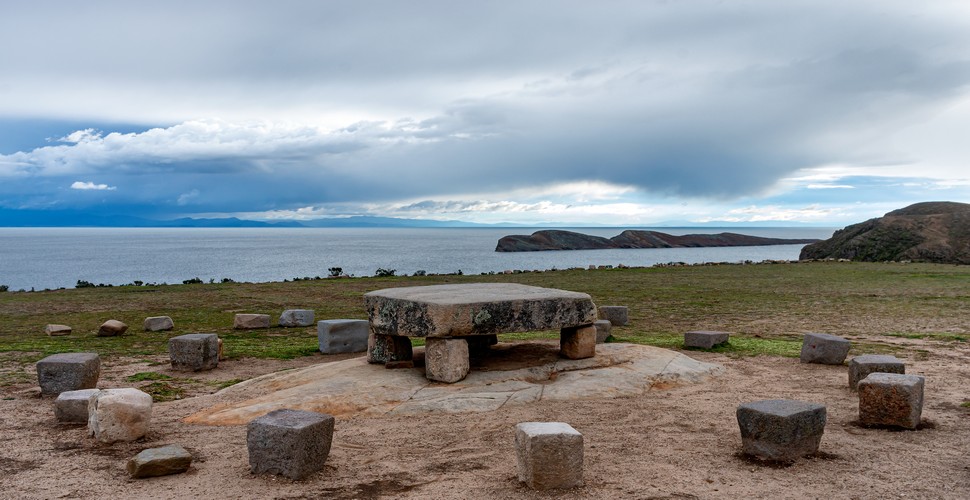
Ceremonial table Isla del sol
El Choro trail
El Choro trail is Bolivia’s most popular hike, and for a good reason! As you cross the Cordillera Real and Parque Nacional Cotopata, this 57-km hike takes you through some of the country’s most impressive landscapes, representative of the country. After 2 or 3 days of trekking, you will be navigating your way through snow-capped mountains at a whopping 4,725m elevation, before you descend into the hot, steamy jungle of the Yungas. Because of the drastic change in climates, be sure to pack appropriately with a warm and waterproof jacket for day one and thinner trousers and t-shirts for the remaining days.
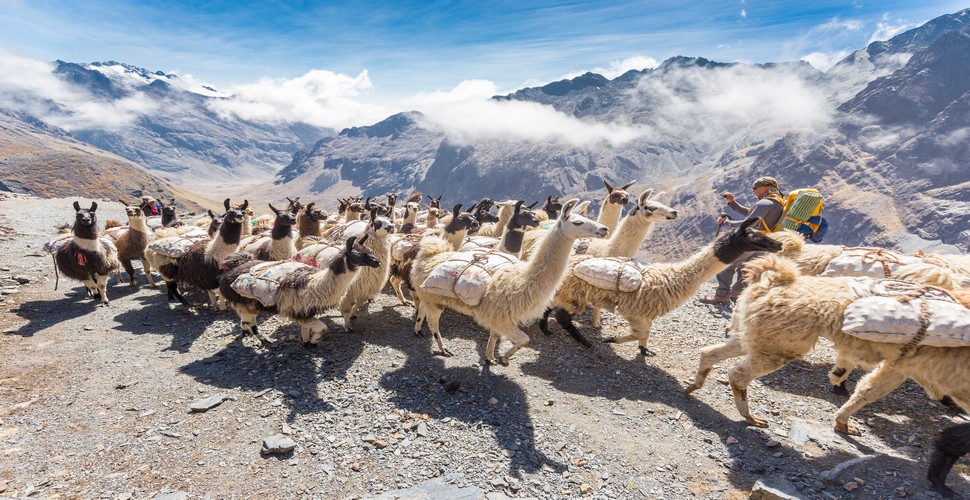
Choro Trail
Huayna Potosí
One of the toughest treks in South America, summiting Huayna Potosí isn’t for the nervous disposition! More of a mountaineering adventure than a hike, halfway through your trek you will be kitted out with crampons, ice picks and harnesses to make your way your way up to a 6,088m summit. Although Huayna Potosí is considered an easy, non-technical climb f one of the over 6000 m peaks in the world, the dizzying altitude, steep ascents and unpredictable weather make this a somewhat intrepid adventure. Those up for the challenge, though, will be rewarded with a 360-degree view of the entire Cordillera Real with the stunning Condoriri Massif in the middle, the city of La Paz and even the glistening blue Lake Titicaca. Due to the technical difficulty of the Huayna Potosi trek and professional gear needed, it is important to hike this trek with a reputable company that will usually depart from La Paz.
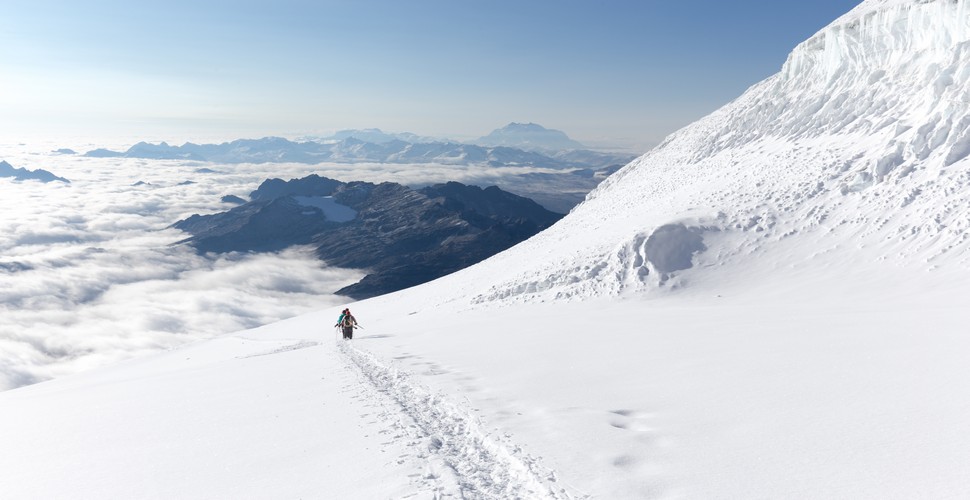
Huayna Potosi
Illampu Circuit
The 7 day Illampu Circuit is one of Bolivia’s most remote trekking locations. This 75 km hike is a 7-day loop around the mind-blowing 6,368-metre high Nevado Illampu, crossing three spectacular mountain passes of over5,000m elevation. This off the beaten track trekking route, is far removed from the tourist trail, and passes through traditional Aymara villages, where the day to day is herding llamas and cultivating potatoes, corn and quinoa, of the local people. Be aware that many of these communities don’t come into contact with tourists often, so be respectful when passing through and always ask for permission before taking photographs.
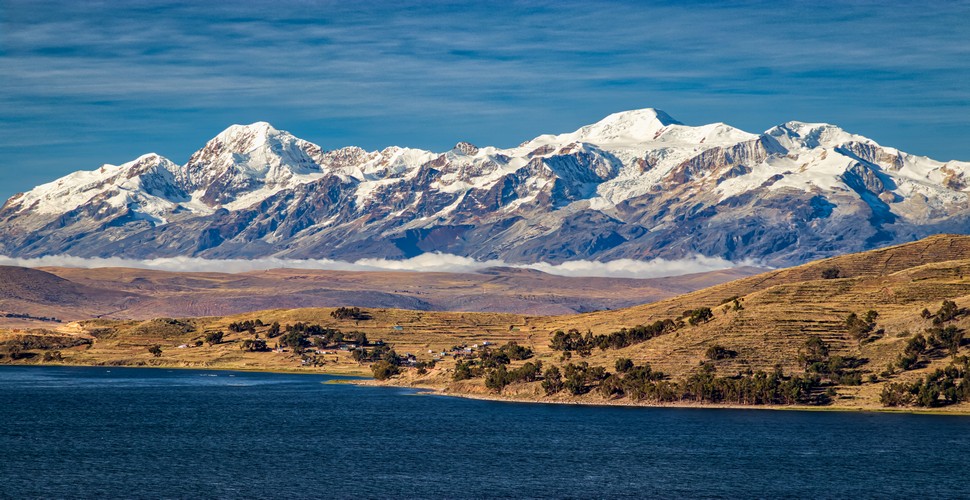
Illampu
Cordillera Quimsa Cruz
The largely unexplored wilderness of the Cordillera Quimsa Cruz is actually only 4 hours outside of La Paz city. Sheer granite mountains and pristine glacial peaks make this a popular destination for the more adventurous climbers and seasoned mountaineers as well as there being some slightly more calmer hiking routes for beginners and experienced trekkers alike. The most common hiking route runs from west to east, starting in Mina Viloco and finishing in Mina Caracoles, where, as well as some of Bolivia’s most spectacular scenery, you will also hike past an airplane crash site and some spooky abandoned mines.

Quimsa Cruz
Takesi Inca Trail
Also known as the Inca Trail, the Takesi trek is one of the most popular and stunning hikes in the Andes. The route was used as a highway by the early Aymará, the Incas and later used by the Spanish, and it still serves as a major route to the Yungas over a relatively low pass nestled in the Cordillera Real. The 45km trail conserves expertly engineered pre-Inca stonework and it is more like a highway than a trail. It has been suggested that this paved section was part of a long road that linked the La Paz area with the Alto Beni region. The walk itself is relatively moderate, taking two days, but plan on longer because of unreliable transportation to and from the trailheads. On the first day you will make an ascent of 4650m, so spend a few days acclimatizing in La Paz. The trail is hiked by about 5000 people annually, more than half of whom are Bolivians, along the pathways of their ancestors.
